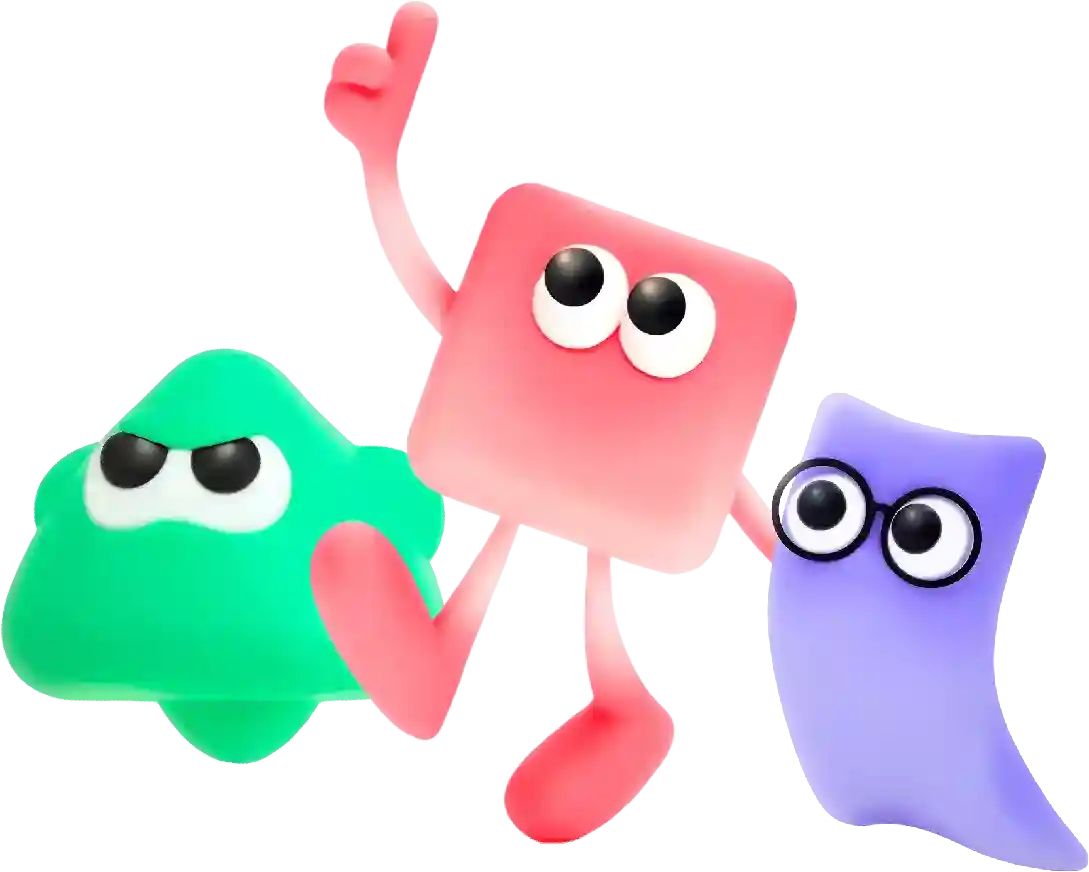Types of Cursor States Overview
In today’s digital age, having a strong online presence is essential for any business or individual looking to reach a wider audience. One of the best ways to establish an online presence is by creating a website. However, not everyone has the technical skills or resources to build a website from scratch. Luckily, there are several website building sites that make it easy for anyone to create a professional-looking website without any coding or design experience. In this article, we will explore some of the best website building sites available and discuss their features and benefits.
In computer programming, a cursor is a graphical representation that indicates the current position of the user on a screen. Cursors can have different states, each of which serves a specific purpose in the user interface. These states are used to provide feedback to the user and help them interact with applications more effectively. In this article, we will explore the different types of cursor states and their significance in user interface design.
1. Normal Cursor State:
The normal cursor state is the default state of a cursor when no specific action is being performed. In this state, the cursor usually appears as an arrow or a pointer, indicating that the user can interact with elements on the screen by clicking or hovering over them. The normal cursor state is used for general navigation and selection tasks in various applications.
2. Pointer Cursor State:
The pointer cursor state is used to indicate interactive elements such as buttons, links, or draggable items. In this state, the cursor changes to a hand icon, signaling to the user that they can click or interact with the element in some way. The pointer cursor state helps improve the usability of a website or application by providing visual cues to the user about clickable or actionable elements.
3. Text Cursor State:
The text cursor state is used when the user can input text or edit content in a text field, text area, or any other input element. In this state, the cursor appears as a blinking vertical line or a caret, indicating the position where the user can start typing. The text cursor state is essential for text input tasks and helps users accurately place the cursor for editing or entering text.
4. Wait Cursor State:
The wait cursor state is used to indicate that the system is busy processing a task and the user needs to wait for the operation to complete. In this state, the cursor changes to a spinning wheel or hourglass icon, showing that the application is performing a task and the user should not interact with it until the operation finishes. The wait cursor state helps prevent users from initiating multiple actions simultaneously, which can lead to errors or performance issues.
5. Link Cursor State:
The link cursor state is used to indicate hyperlinks or clickable text in a document or webpage. In this state, the cursor changes to a hand icon with a pointing finger, suggesting that the user can click on the link to navigate to another page or resource. The link cursor state helps users identify clickable elements and encourages them to explore additional content or follow related links.
6. Move Cursor State:
The move cursor state is used to indicate that the user can drag or move an object on the screen. In this state, the cursor changes to a four-pointed arrow or a hand icon with arrows, signaling that the user can click and drag the object to reposition it. The move cursor state is commonly used in graphic design applications, web development tools, and other applications that involve moving objects on the screen.
7. Not-Allowed Cursor State:
The not-allowed cursor state is used to indicate that a specific action is not permitted or unavailable in the current context. In this state, the cursor changes to a circle with a diagonal line, signifying that the user cannot perform the desired action on the selected element. The not-allowed cursor state helps prevent users from attempting invalid interactions and provides feedback on restrictions or limitations within an application.
8. Crosshair Cursor State:
The crosshair cursor state is used to indicate that the user can draw or select areas on the screen with precision. In this state, the cursor changes to a crosshair symbol, allowing the user to click and drag to create a selection or boundary around an object. The crosshair cursor state is commonly used in drawing applications, image editors, and other tools that require precise selection or measurement tasks.
In conclusion, cursor states play a crucial role in user interface design by providing feedback and guidance to users during interactions with applications. By using different types of cursor states appropriately, designers can enhance the usability, functionality, and overall user experience of their applications. Understanding the significance of each cursor state can help developers create intuitive interfaces that facilitate smooth and efficient user interactions.
In conclusion, the website design process is a complex and multifaceted undertaking that requires careful planning, research, design, development, testing, optimization, and monitoring. By following a systematic approach and incorporating best practices, you can create a successful website that attracts and engages users, drives conversions, and helps achieve your business goals. Whether you are designing a website for a small business, a nonprofit organization, or a large corporation, the key steps outlined in this article can help guide you through the process and create a website that stands out in the digital landscape.


